God is in the Wired in ‘Serial Experiments Lain’
This experimental cyberpunk animation from the late 1990s depicts our warped reality in the age of mass communications.
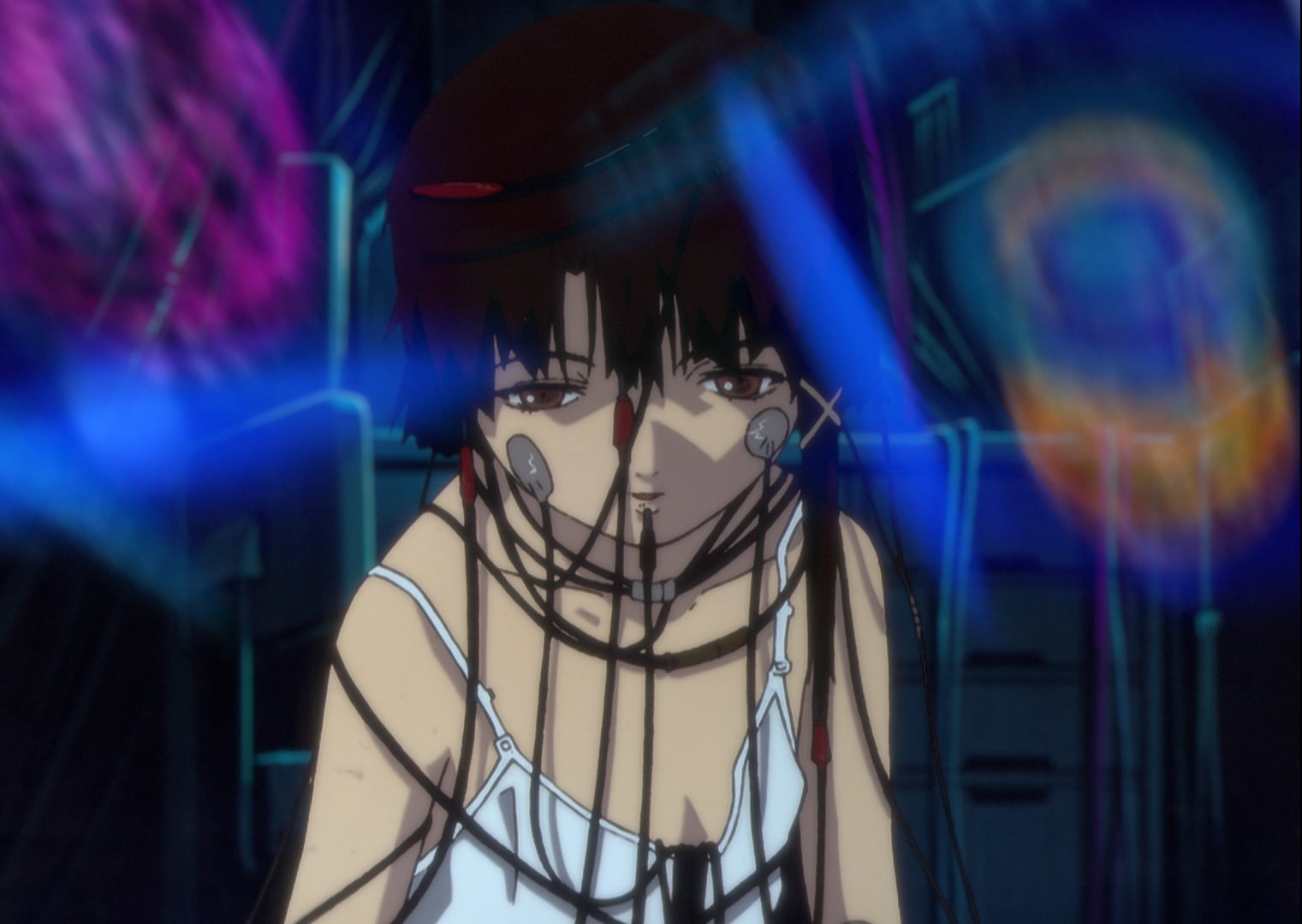
© NBCUniversal Entertainment Japan
Widespread Internet use was still in its early stages in 1998. But Serial Experiments Lain, a single anime series running that year on late-night TV, introduced an extraordinary depiction of all human communication within the realm of ‘the Wired.’
Within the Wired, thoughts float at maximum freedom. At first, protagonist Iwakura Lain, an awkward and isolated high-school girl, does not yet recognise the vast network lying beneath her daily life, having never opened her computer. Yet, amongst people, telephone wires, and machines, the unconscious overlaps with reality and the surreal seeps into the everyday. Lain’s own everyday life is irreversibly upturned after a cryptic email arrives from her dead classmate. Claiming that her soul is still alive in the Wired, it reads, ‘God is here.’
Hooked up to Prophecy
As one of the most ambitious animes to ever exist in history, Serial Experiments Lain was initially deemed ‘an enormous risk’ before being broadcast on TV Tokyo. The story is by Chiaki Konaka, a writer known for developing series like Digimon or Ultraman Gaia, while also harbouring dark Lovecraftian elements in his other works. Iconic characters and other designs were created by his close collaborator Yoshitoshi ABe, an unconventional illustrator whose hyper-realism observes the world around him rather than taking inspiration from previous examples. Addressing late night viewers with cyberpunk themes, philosophical subjects, and conspiracy theories, the project was destined to be unique from the start.
Serial Experiments Lain had a strange omnipresence. Originally conceived as a multi-media project, Lain’s story is pieced together through various other fragments, including manga by Yoshitoshi ABe and an enigmatic Playstation game. Even a hardcore-techno soundtrack—relating to ‘Cyberia’, a nightclub Lain visits named after Douglas Rushkoff’s novel—connects themes and unusual velocities beyond its own fourth wall. While winning prizes at Japanese media festivals, Serial Experiments Lain has an immense cult following with academic texts written until today.
Deux Ex Machina
Visually, Serial Experiments Lain stands out with a sense of beauty unseen in most commercial anime. It has a cinematography of slow shots and lense flares, with abstract colours and Godardian uses of texts to communicate the strange depths of a virtual world. Lain’s story is told in ‘layers’ instead of episodes, and atmospheres instead of linear plot lines. As she learns of herself through the Wired, her identity begins to warp and reality becomes ambiguous in the face of it. With references to strange theories and events in real life—Schumann resonances, Carl Jung’s collective unconscious, and even the Roswell UFO incident—the Wired’s essence begins to seep out of all screens.
Beneath strange twists and theological undertones, the transformations witnessed in Serial Experiments Lain tells a coming-of-age story for any adolescent girl. Ubiquitous technology can teach one of the implications of a maximum interconnectivity, but ultimately for Lain, learning to overcome loneliness is a human endeavour.
Serial Experiments Lain (1998), directed by Ryutaro Nakamura, is available on Blu-Ray from Funimation and has been relesed by MVM Entertainment within the UK.
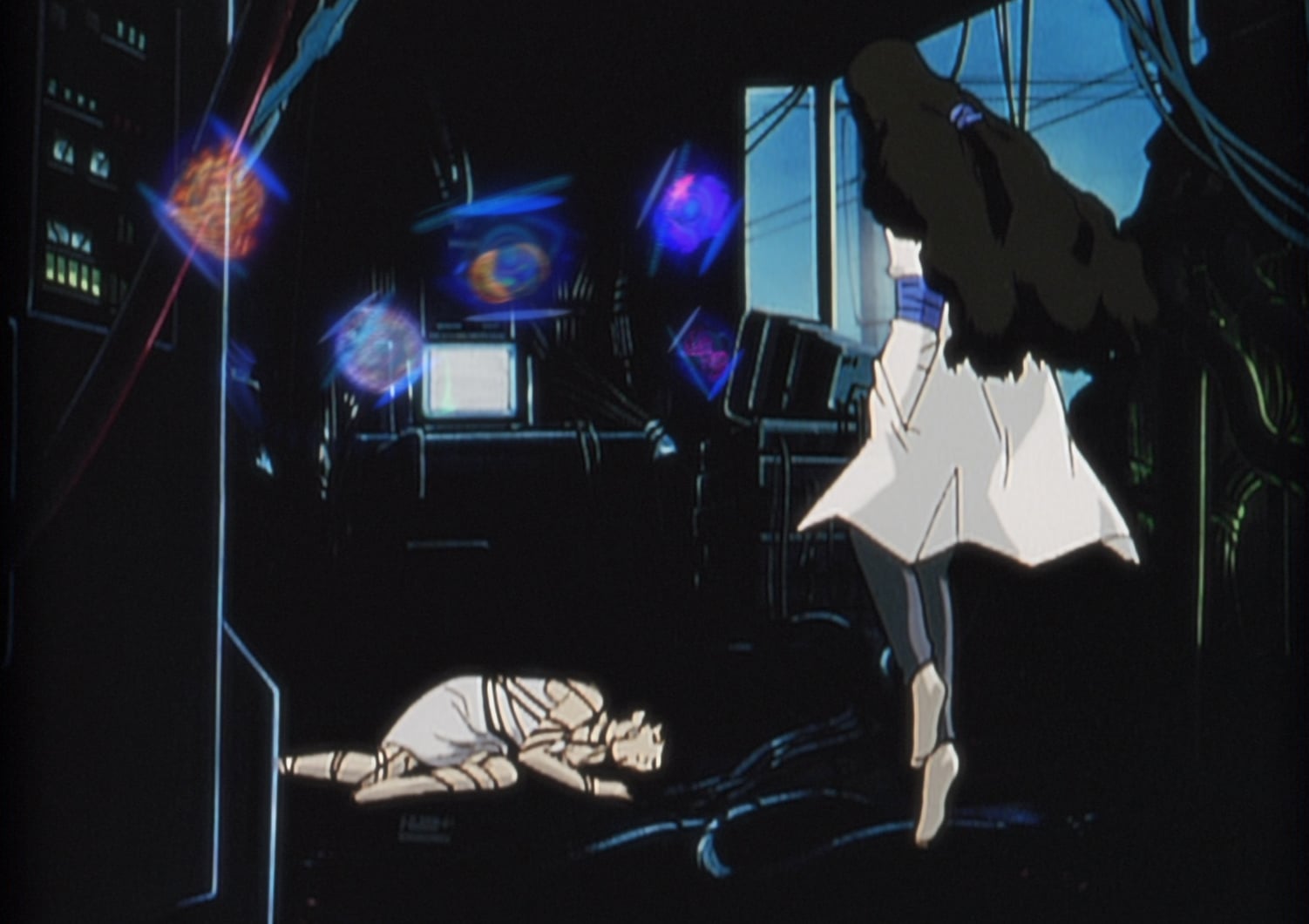
© NBCUniversal Entertainment Japan
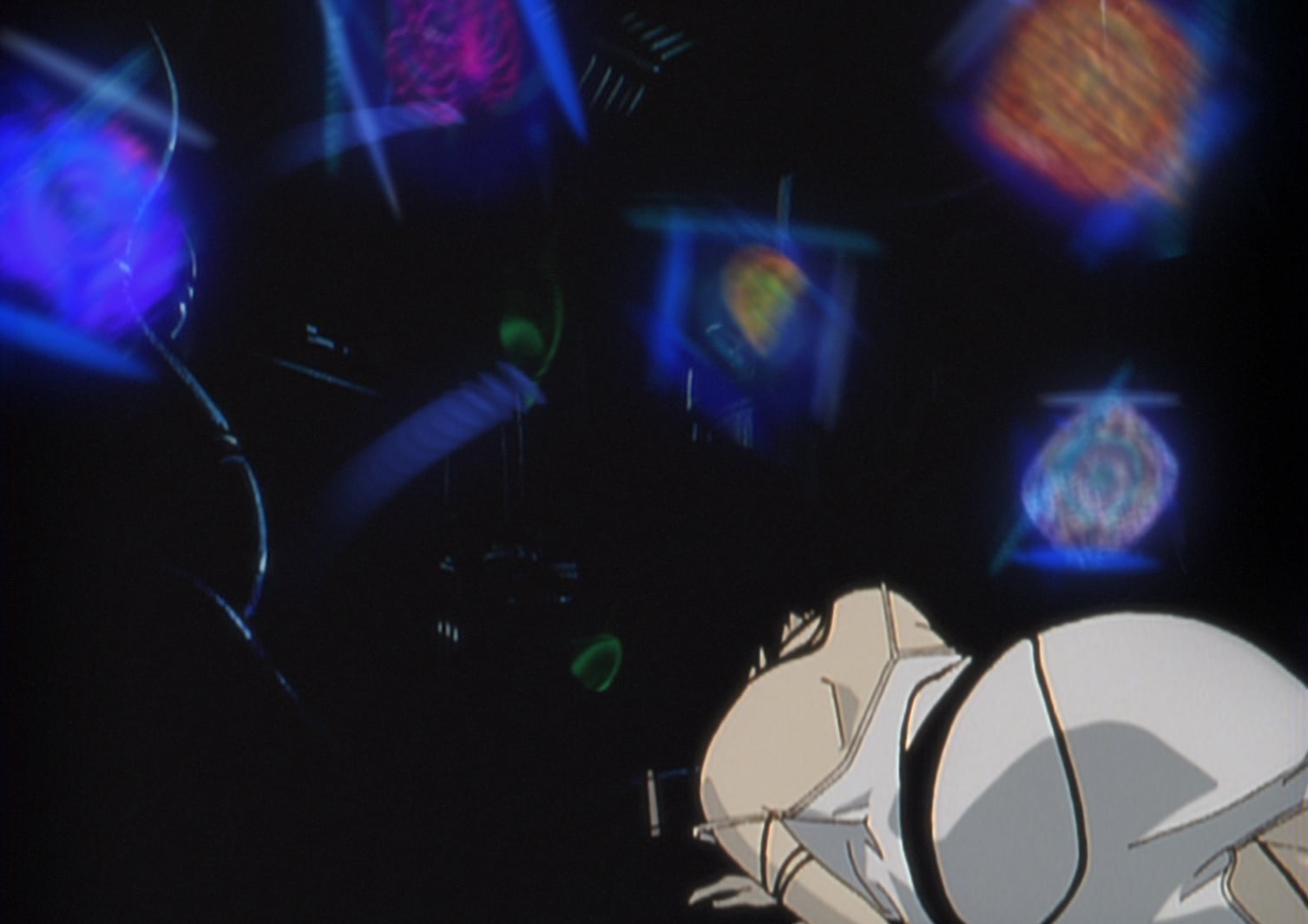
© NBCUniversal Entertainment Japan
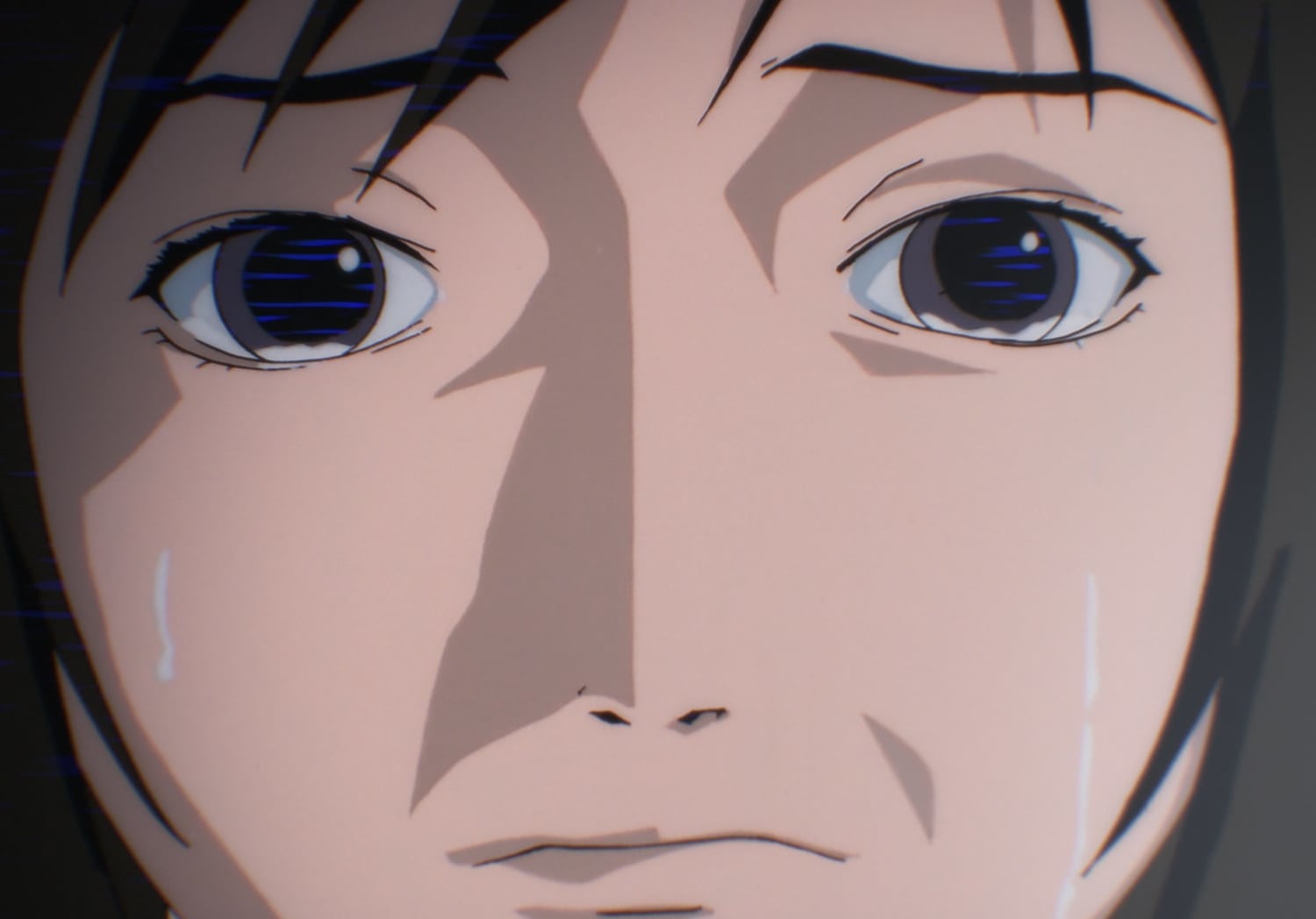
© NBCUniversal Entertainment Japan
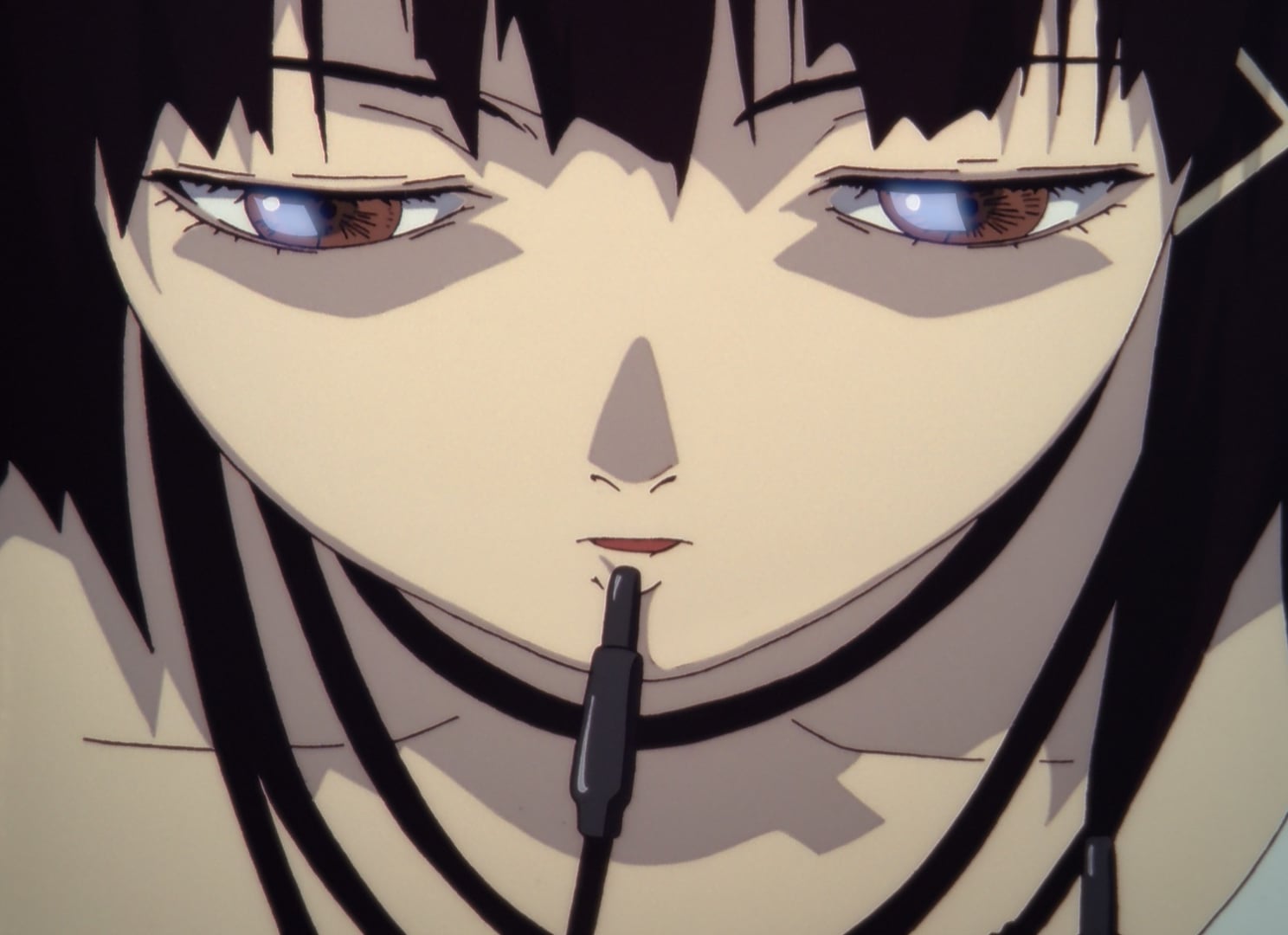
© NBCUniversal Entertainment Japan
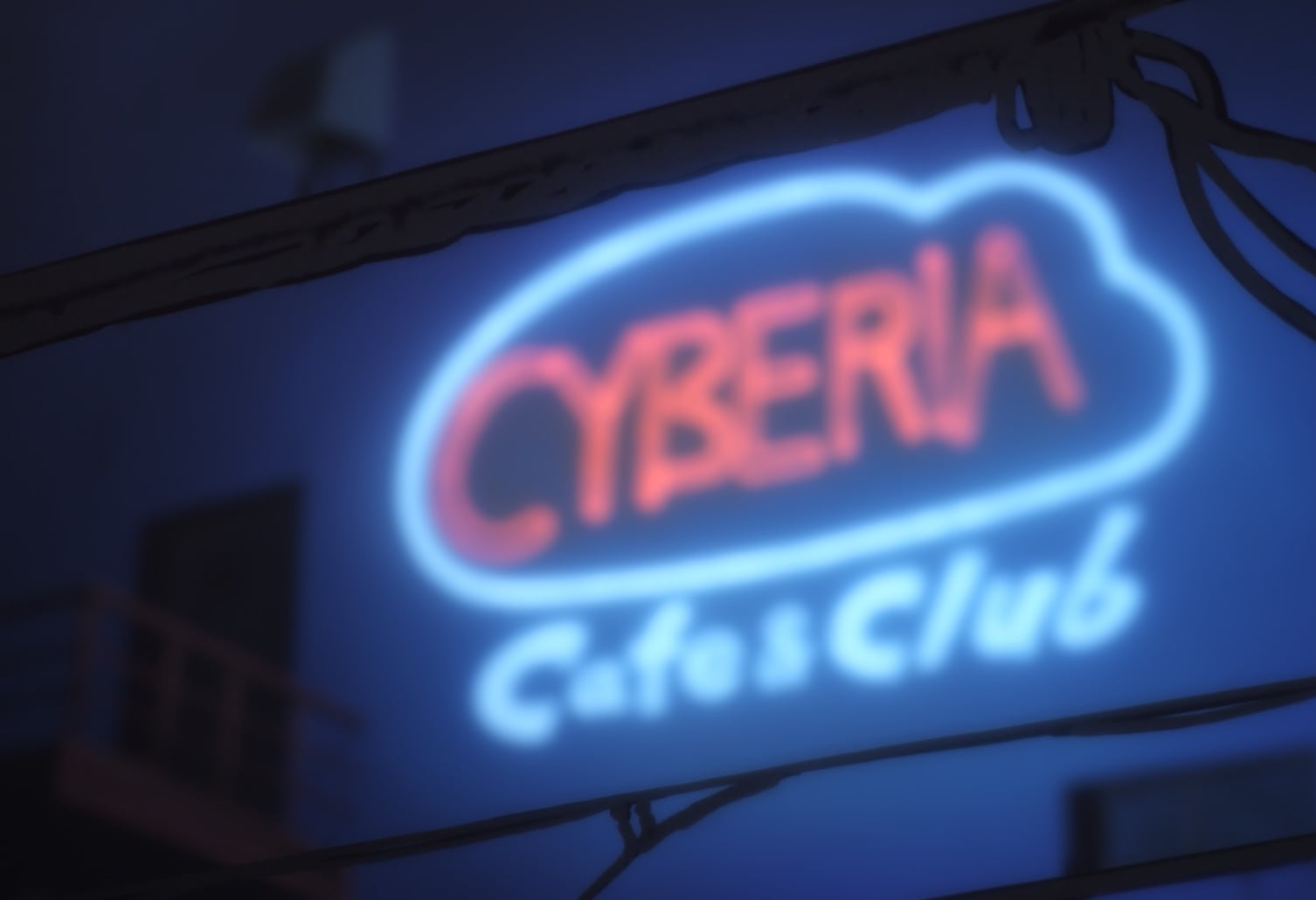
© NBCUniversal Entertainment Japan
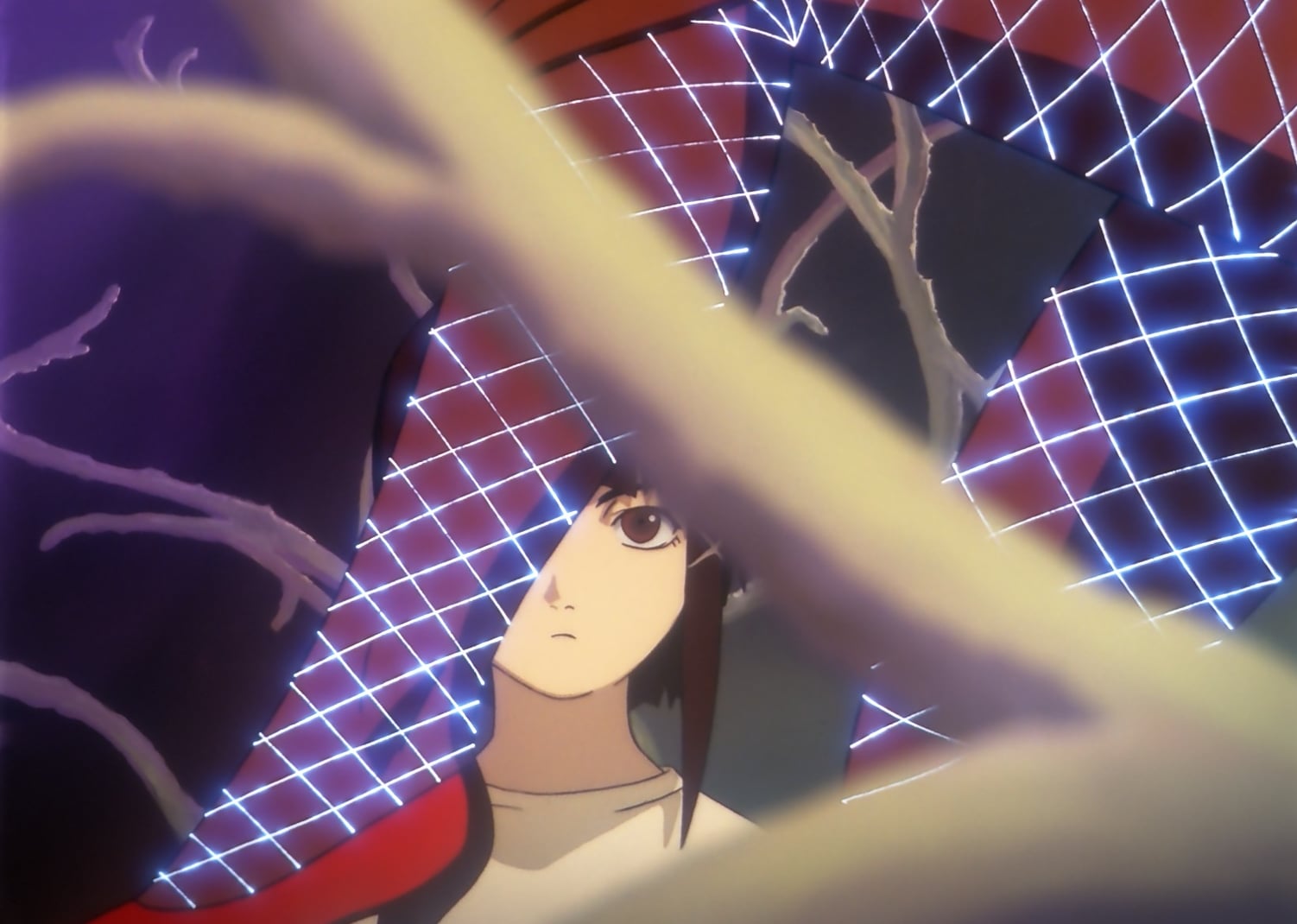
© NBCUniversal Entertainment Japan
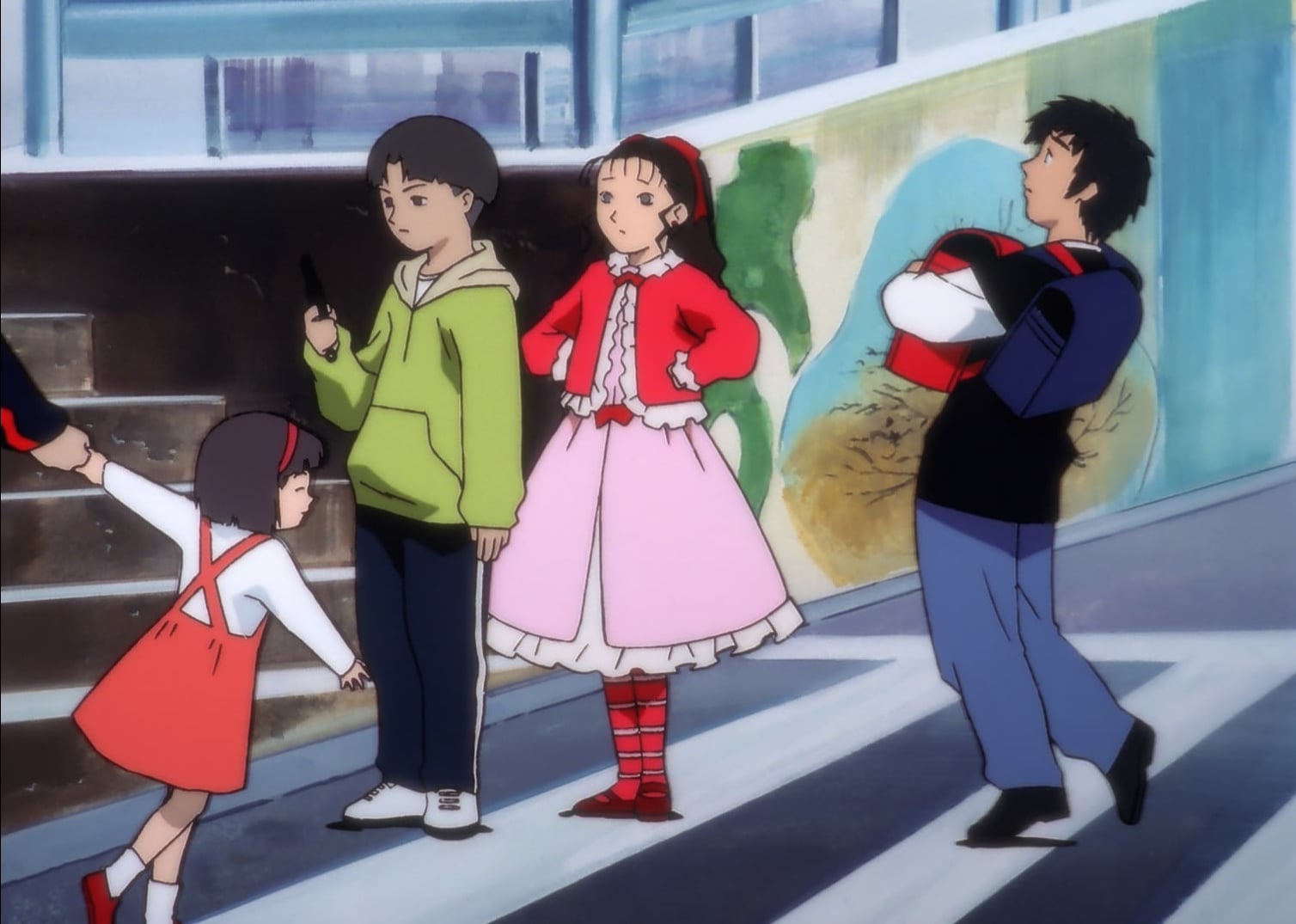
© NBCUniversal Entertainment Japan
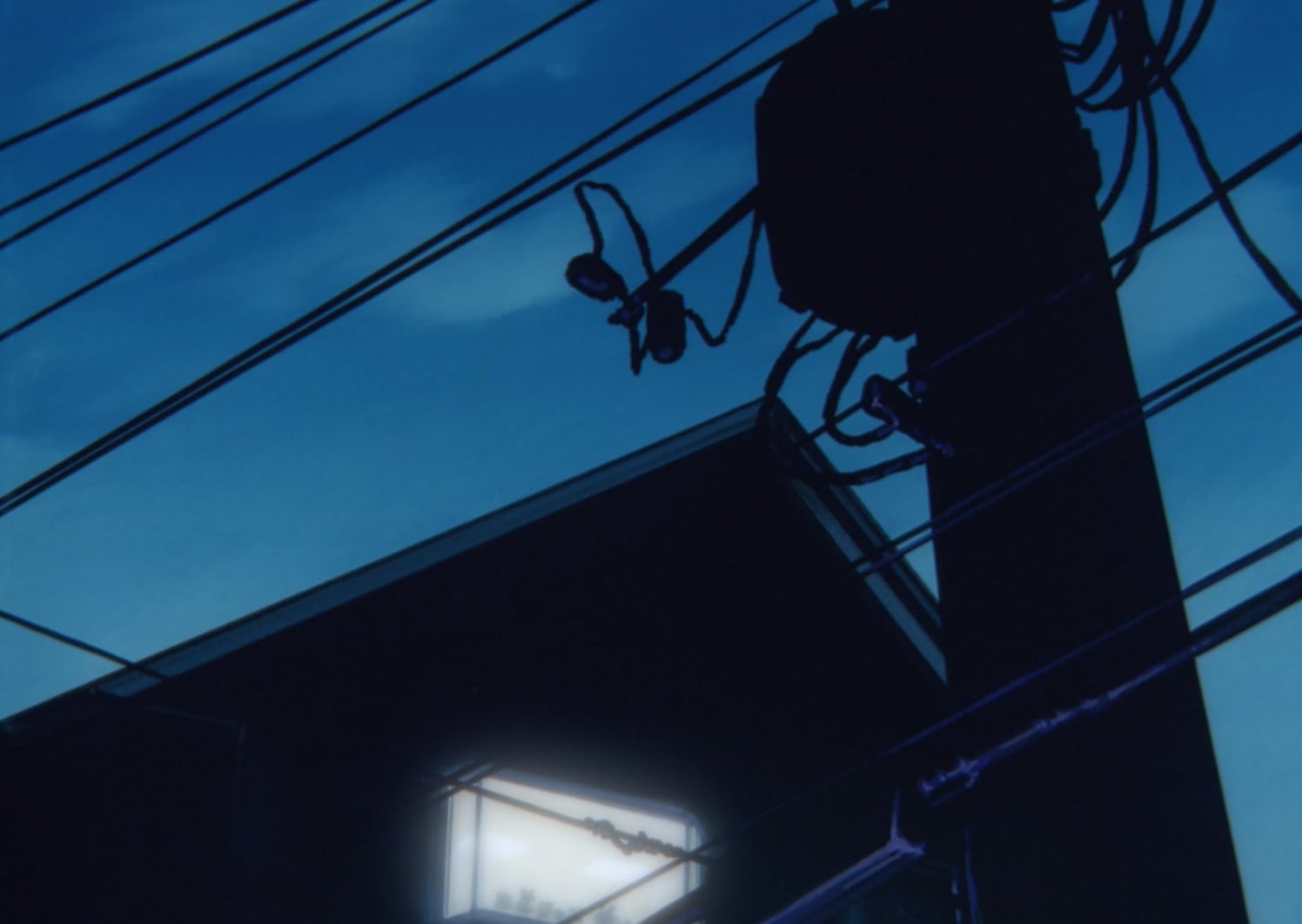
© NBCUniversal Entertainment Japan
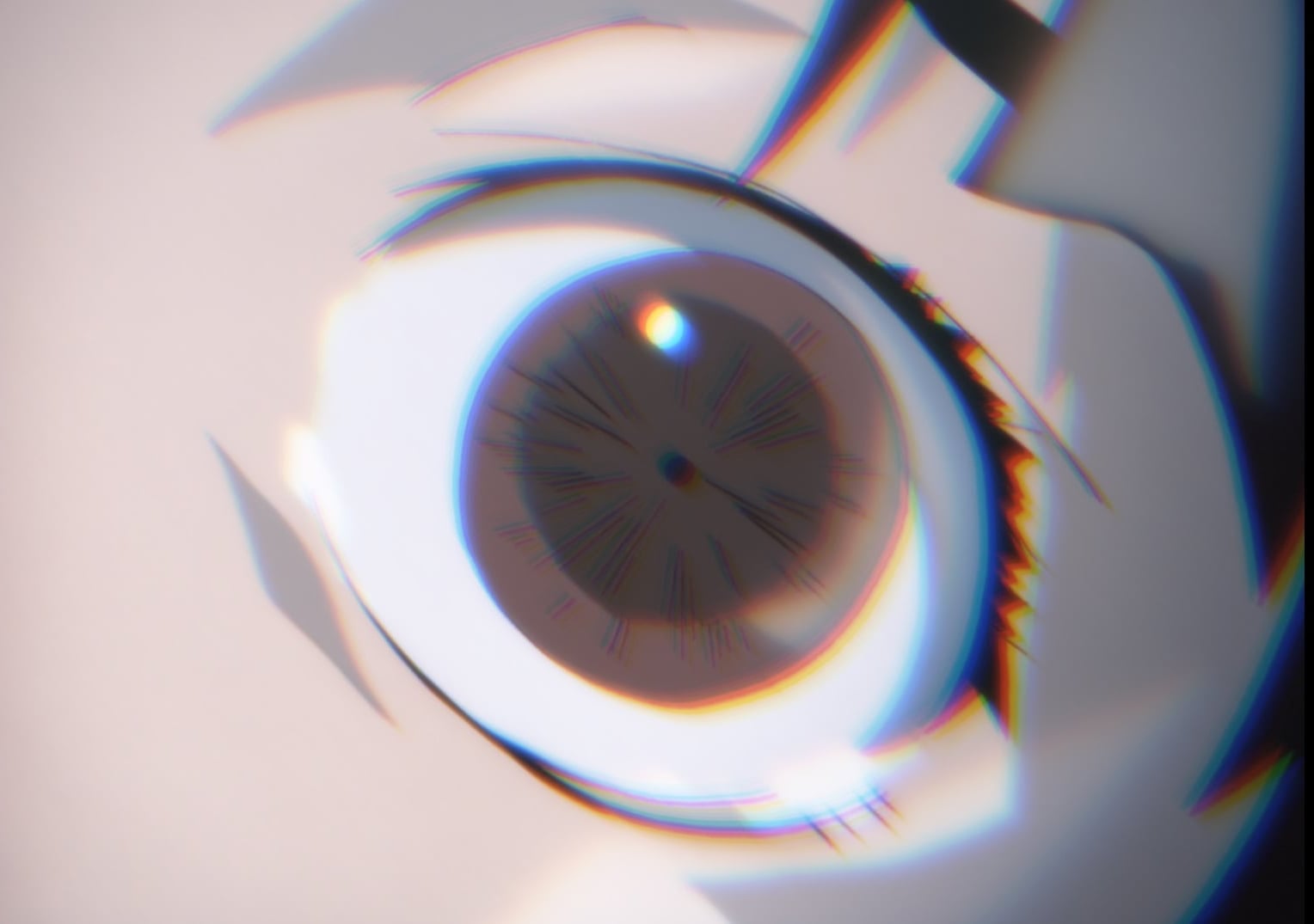
© NBCUniversal Entertainment Japan
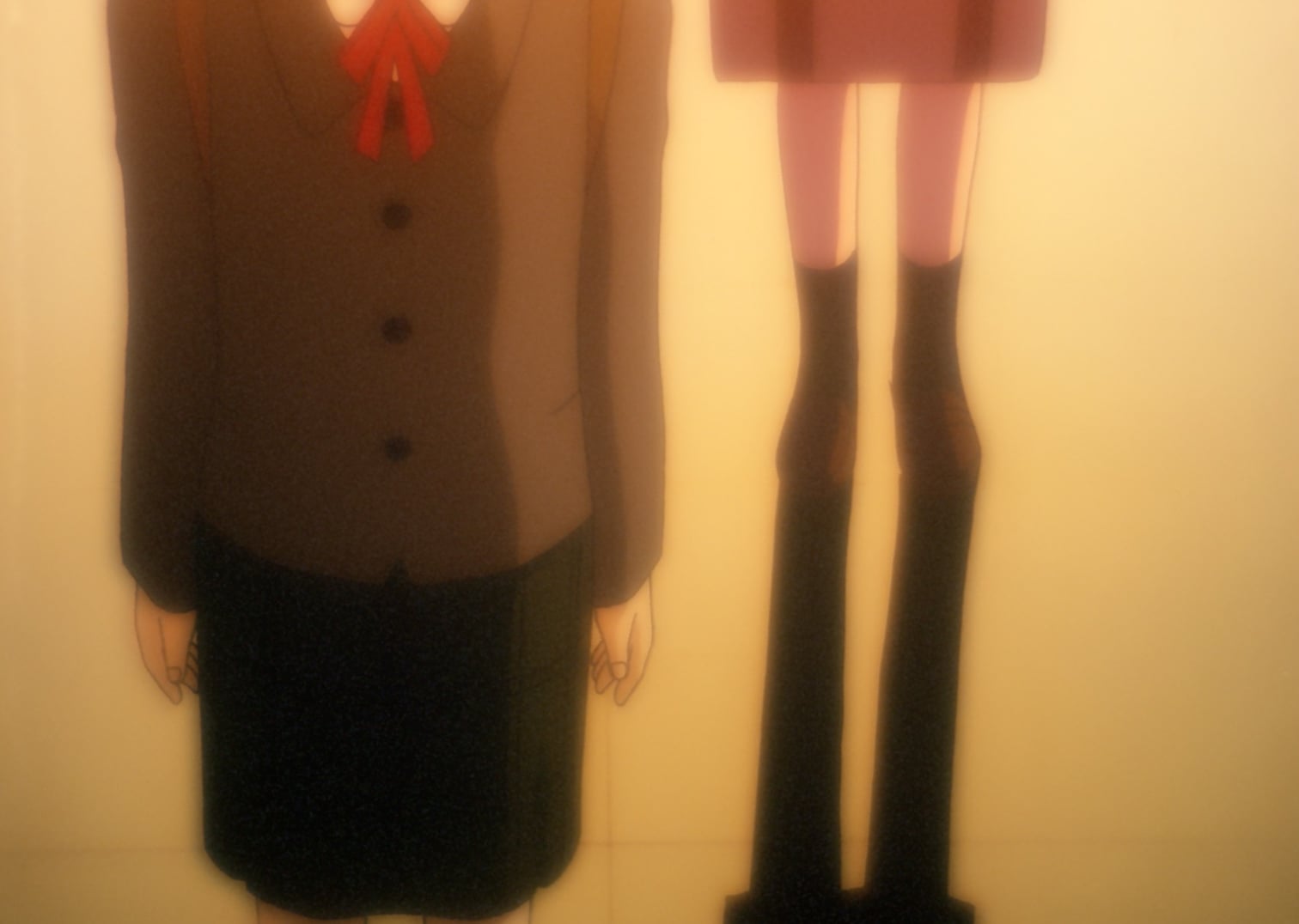
© NBCUniversal Entertainment Japan
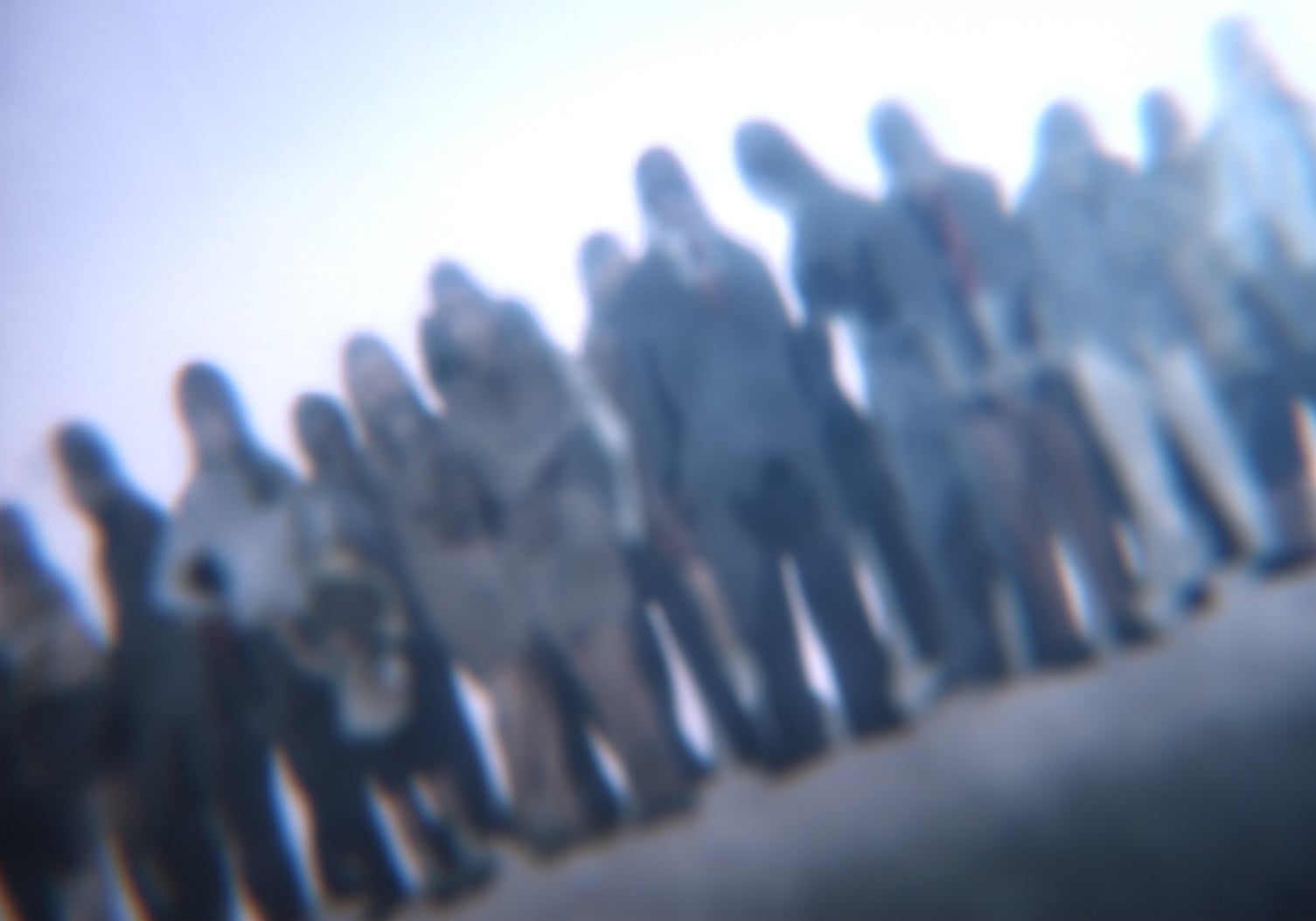
© NBCUniversal Entertainment Japan
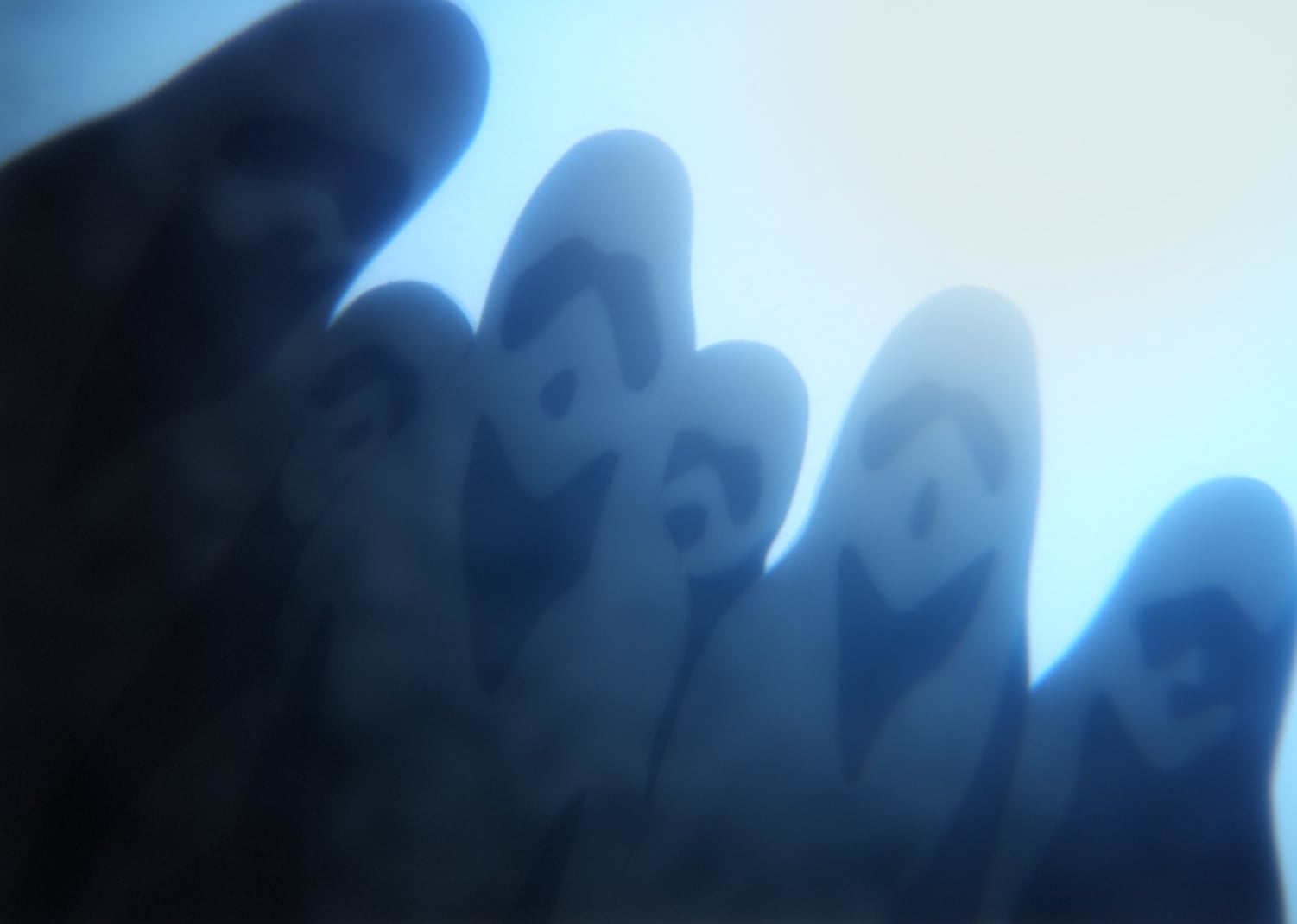
© NBCUniversal Entertainment Japan
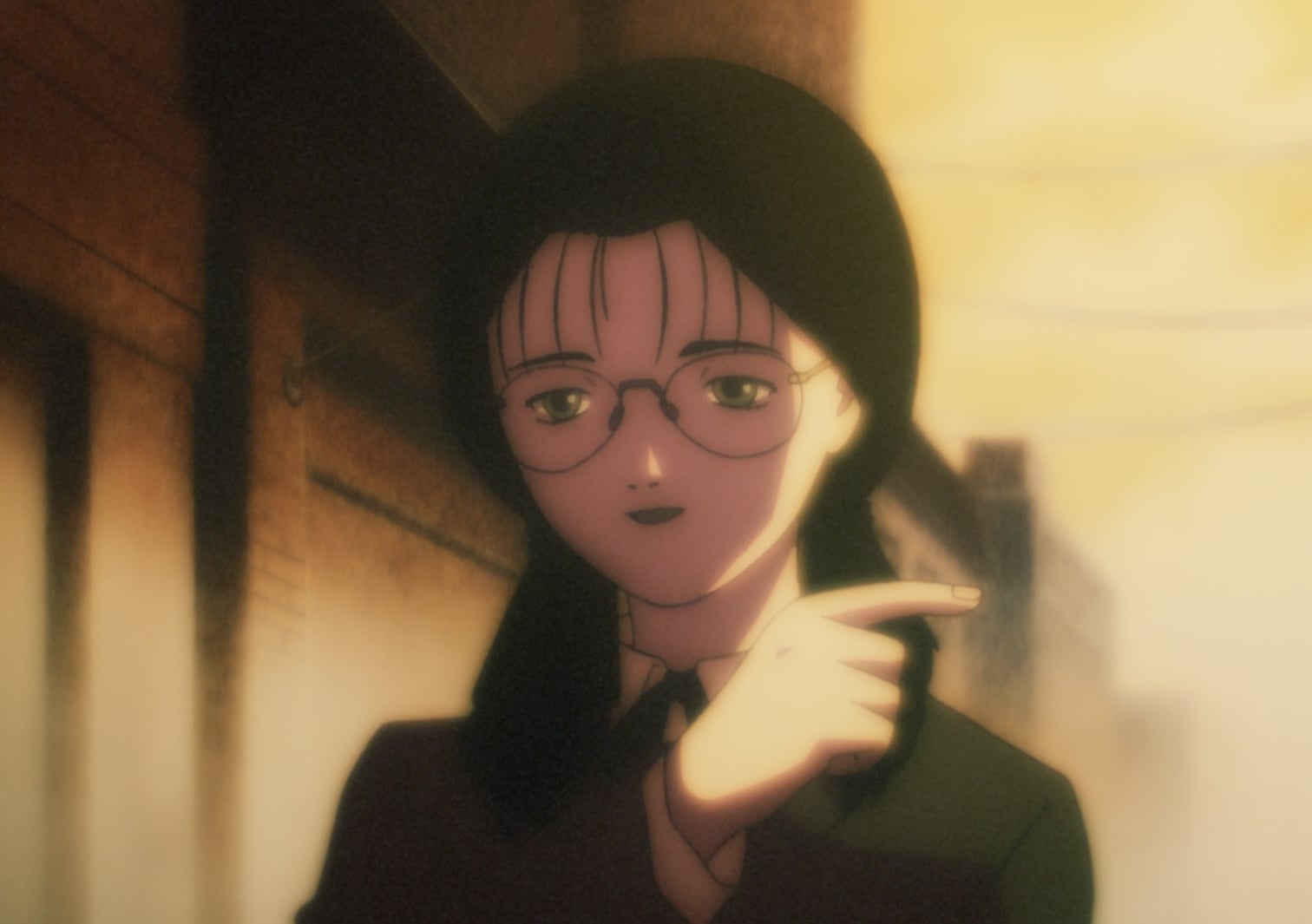
© NBCUniversal Entertainment Japan
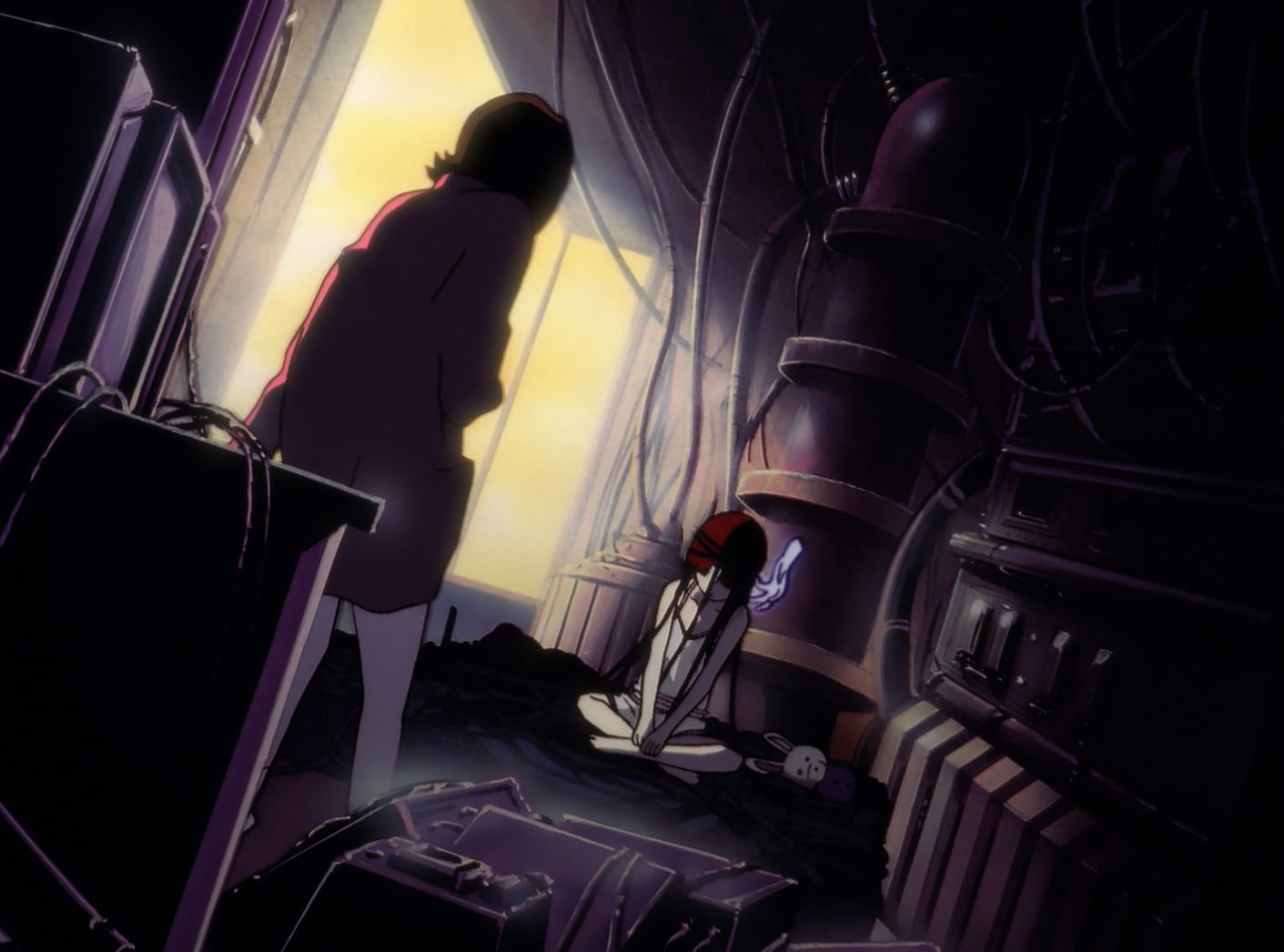
© NBCUniversal Entertainment Japan
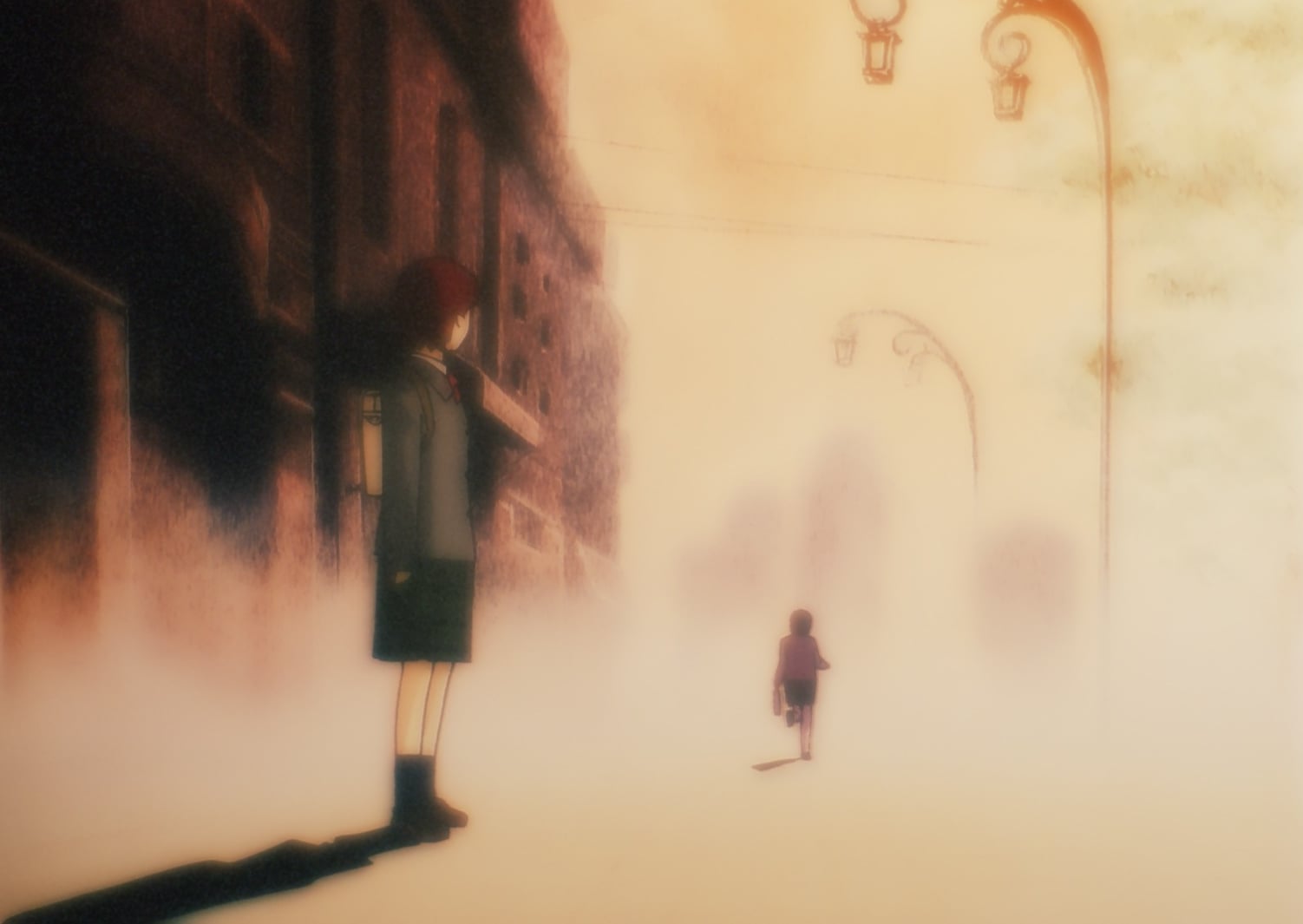
© NBCUniversal Entertainment Japan
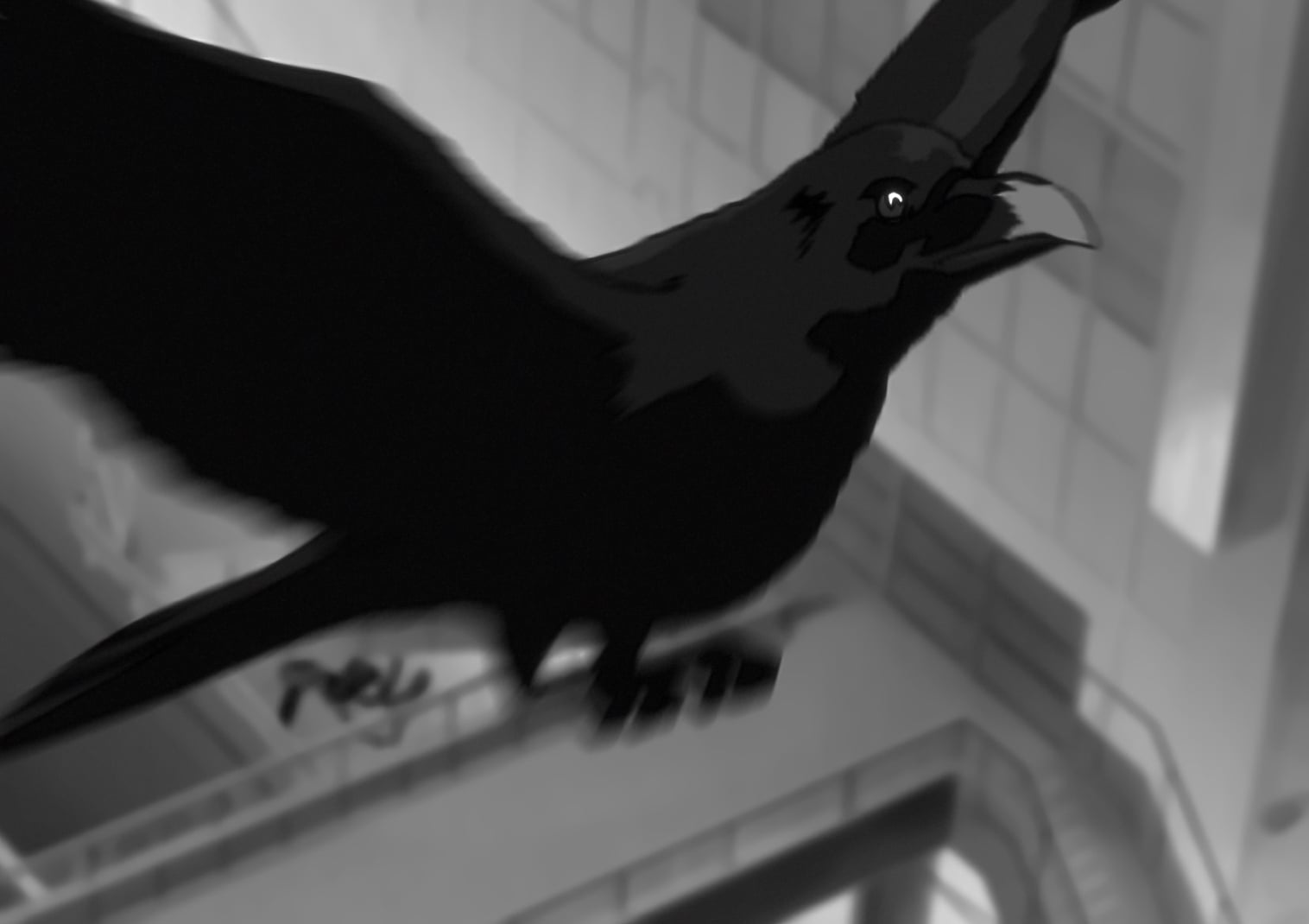
© NBCUniversal Entertainment Japan
TRENDING
-
Hiroshi Nagai's Sun-Drenched Pop Paintings, an Ode to California
Through his colourful pieces, the painter transports viewers to the west coast of America as it was in the 1950s.

-
The Tattoos that Marked the Criminals of the Edo Period
Traditional tattoos were strong signifiers; murderers had head tattoos, while theft might result in an arm tattoo.

-
David Bowie Dressed by Kansai Yamamoto
The English singer was strongly influenced by 'kabuki' theatre and charged the Japanese designer with creating his costumes in the 1970s.

-
Shirow Masamune and the Legacy of ‘Ghost in the Shell’
The first major exhibition sheds light on the elusive artist’s full body of work, from cyberpunk icons to lesser-known creations.

-
Paris, Tokyo: Robert Compagnon
With his co-chef and talented wife, Jessica Yang, Robert Compagnon opened one of the top new restaurants in Paris: Le Rigmarole.
 3:31
3:31




